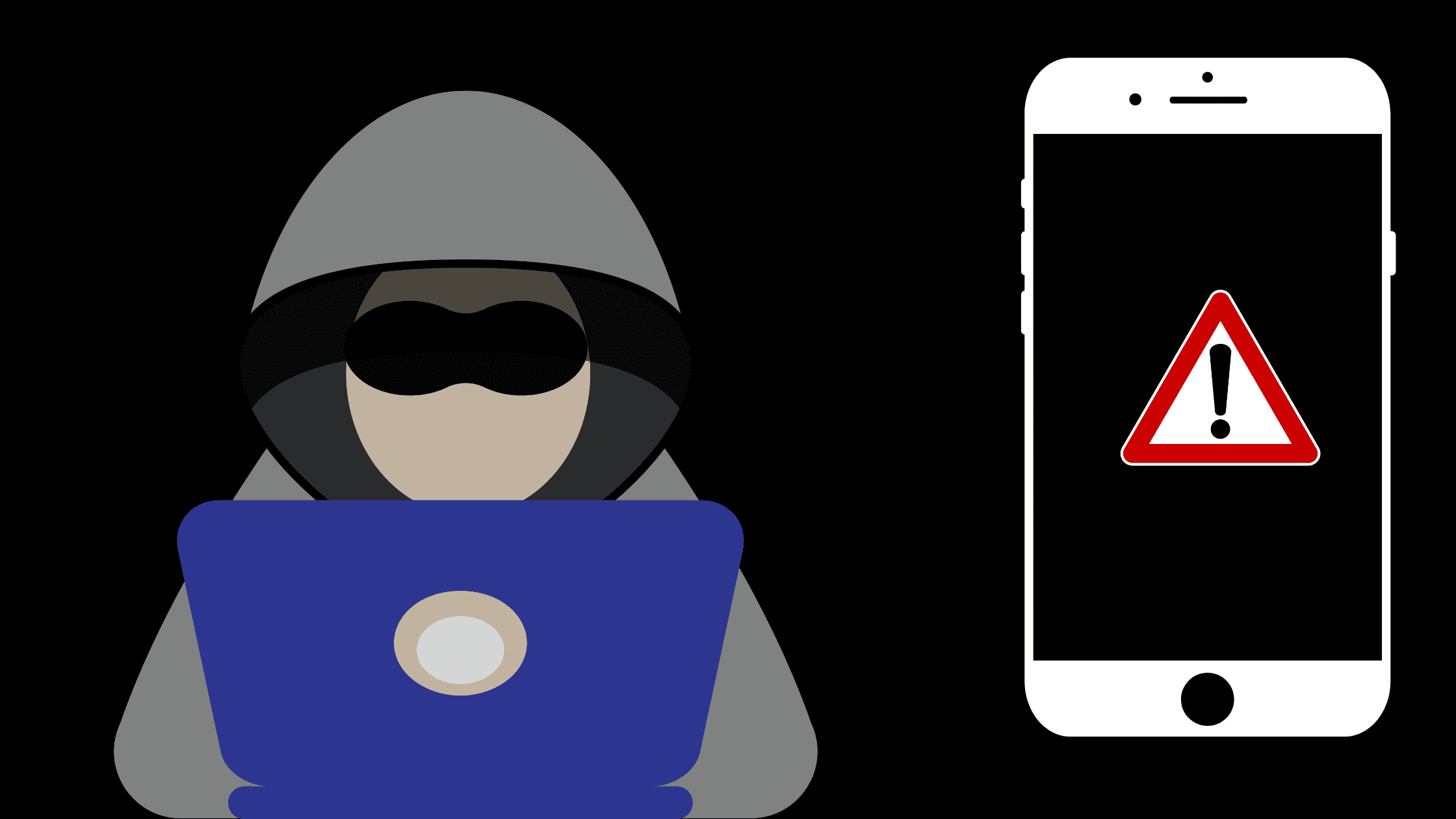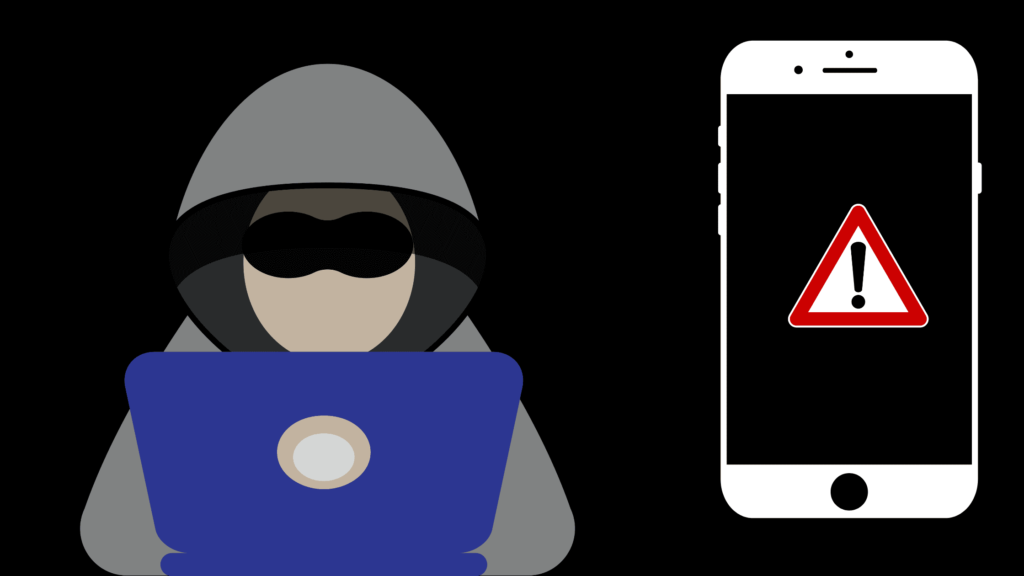Learning how to protect yourself from cyberbullying? is essential to navigating the online world safely.Cyberbullying is a growing menace in our digital world. With the rise of social media, online gaming, and instant messaging, bullies have found new ways to harass, intimidate, and humiliate others. According to a 2023 report by Pew Research Center, 46% of U.S. teens have experienced cyberbullying in some form, ranging from offensive name-calling to severe threats. The effects of cyberbullying can be devastating—leading to anxiety, depression, and even suicidal thoughts. But the good news is that you can protect yourself. In this guide, we’ll explore what cyberbullying is, its psychological impact, and how to protect yourself from cyberbullying? By understanding how to protect yourself from cyberbullying?, you can take steps to stay safe.
What Is Cyberbullying?

Cyberbullying is the use of digital platforms to harass, threaten, or embarrass someone. Unlike traditional bullying, it can happen 24/7, follow victims everywhere, and spread rapidly. Common forms include:
Understanding how to protect yourself from cyberbullying is crucial in today’s digital landscape.
- Harassment: Repeated hurtful messages or comments.
- Doxing: Sharing someone’s private information without consent.
- Impersonation: Creating fake profiles to damage reputations.
- Exclusion: Deliberately leaving someone out of online groups.
- Cyberstalking: Persistent, unwanted online attention.
A 2022 study by the Cyberbullying Research Center found that 28% of students have been cyberbullied at least once, with Instagram, Snapchat, and TikTok being the most common platforms.
The Psychological Impact of Cyberbullying
Cyberbullying doesn’t just hurt emotionally—it can cause long-term mental health issues. Research shows:
- Victims are 2-3 times more likely to experience depression (JAMA Pediatrics, 2021).
- 37% of cyberbullying victims develop social anxiety (Cyberpsychology, Behavior, and Social Networking, 2020).
- Severe cases have been linked to self-harm and suicidal ideation (Journal of Adolescent Health, 2023).
The anonymity of the internet makes bullies more aggressive, while victims often feel powerless and isolated. Recognizing the signs early is crucial.
How to Protect Yourself from Cyberbullying
1. Strengthen Your Privacy Settings
Most social media platforms allow you to control who sees your content.
- Limit profile visibility to friends only.
- Disable location sharing to avoid tracking.
- Block and report suspicious accounts.
Pro Tip: Regularly check privacy updates—platforms often change settings without notice.
2. Think Before You Post
Once something is online, it’s hard to remove completely. Avoid sharing:
- Personal details (address, phone number, school).
- Controversial opinions that could attract trolls.
- Embarrassing photos or videos that could be misused.
Fact: 60% of cyberbullying cases start with shared content being weaponized (McAfee Cyberbullying Report, 2023).
3. Don’t Engage with Bullies

Bullies thrive on reactions. If harassed:
- Do not respond—it often escalates the situation.
- Take screenshots as evidence.
- Block the bully immediately.
Expert Insight: “Silence is the most powerful response to a cyberbully.” – Dr. Sameer Hinduja, Cyberbullying Research Center.
Do you know the latest android 16 Tips and Tricks? Click here to read our blog
4. Report and Document Abuse
Most platforms have anti-bullying policies.
- Use in-app reporting tools on Instagram, Facebook, etc.
- If threats are severe, report to school authorities or police.
- Keep records (screenshots, messages) in case legal action is needed.
Stat: Only 1 in 10 victims report cyberbullying to parents or authorities (UNICEF, 2023).
5. Seek Support
You’re not alone. Reach out to:
- Trusted friends or family
- School counselors
- Helplines like the National Suicide Prevention Lifeline (988) or Crisis Text Line (Text HOME to 741741)
Research shows that having a strong support system reduces the impact of cyberbullying by 50% (Journal of Youth and Adolescence, 2022).
6. Practice Digital Detoxes
Constant exposure to negativity harms mental health.
- Take breaks from social media.
- Mute toxic accounts instead of engaging.
- Use apps like Freedom or Offtime to limit screen time.
Did You Know? Teens who spend 3+ hours daily on social media are 35% more likely to experience cyberbullying (American Academy of Pediatrics, 2023).
7. Educate Yourself and Others
Awareness is the best defense.
- Learn about cyberbullying laws in your country.
- Teach younger siblings/friends about safe internet habits.
- Schools should implement anti-cyberbullying programs.
Success Story: After an anti-bullying campaign, a UK school saw a 40% drop in cyberbullying cases within a year (Ditch the Label, 2023).
How to Protect Yourself from Cyberbullying?
What If You’re the Bystander?
Witnessing cyberbullying? You can help:
- Don’t laugh or share harmful content.
- Support the victim privately.
- Report the bully anonymously.
Data shows that when bystanders intervene, bullying stops within 10 seconds 57% of the time (StopBullying.gov).
Final Thoughts: You Have the Power
Cyberbullying is scary, but you are not powerless. If you are still thinking about How to Protect Yourself from Cyberbullying? then it is by taking control of your online presence, knowing when to report abuse, and leaning on support systems, you can navigate the digital world safely.
Remember: Your mental health matters more than any online drama. If cyberbullying becomes overwhelming, step back, seek help, and know that you deserve respect—both online and offline.




